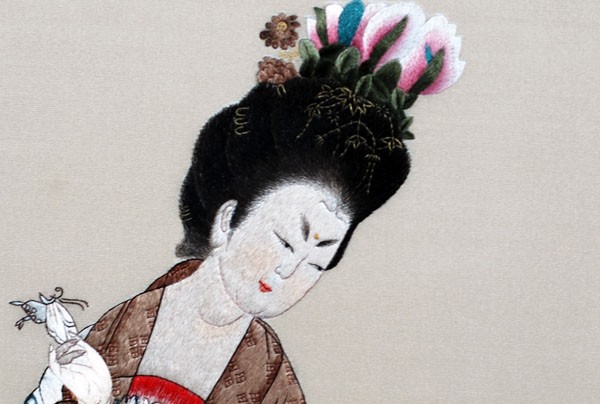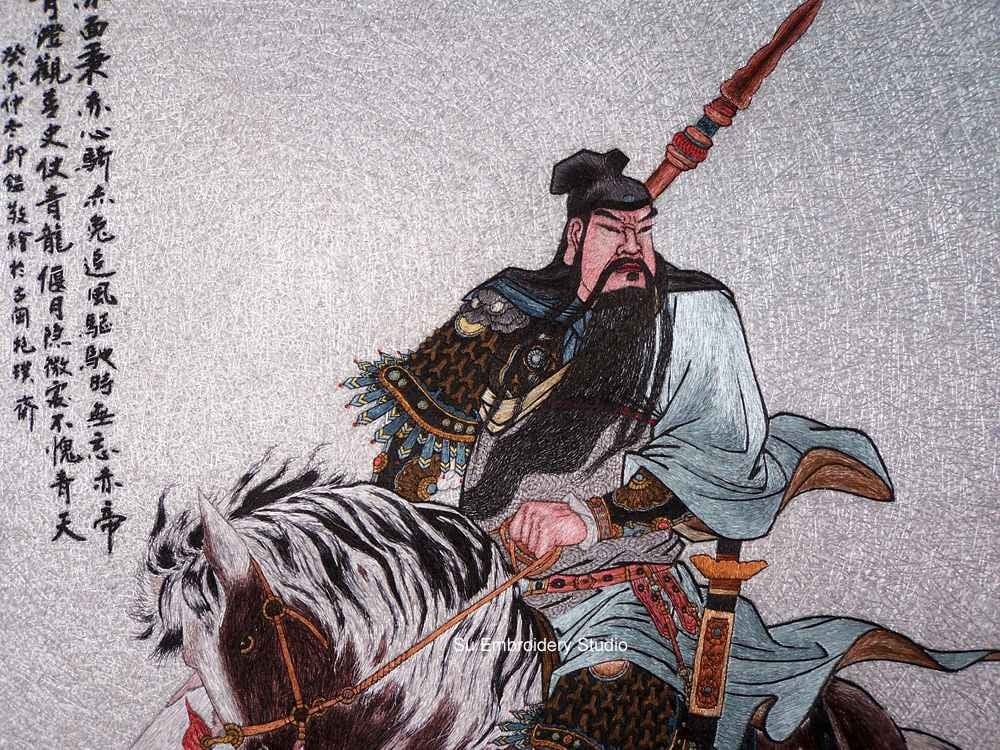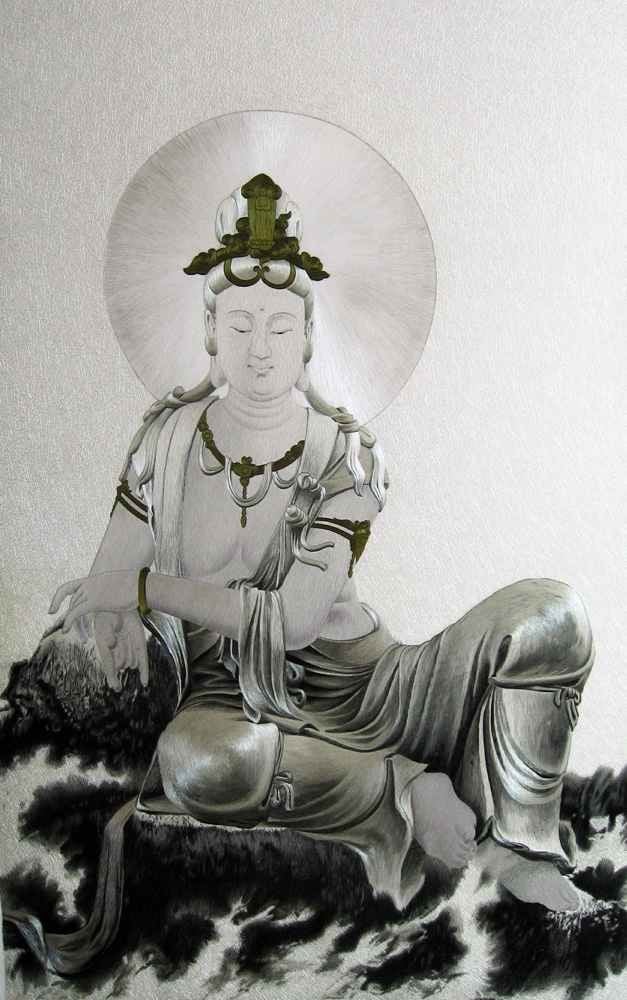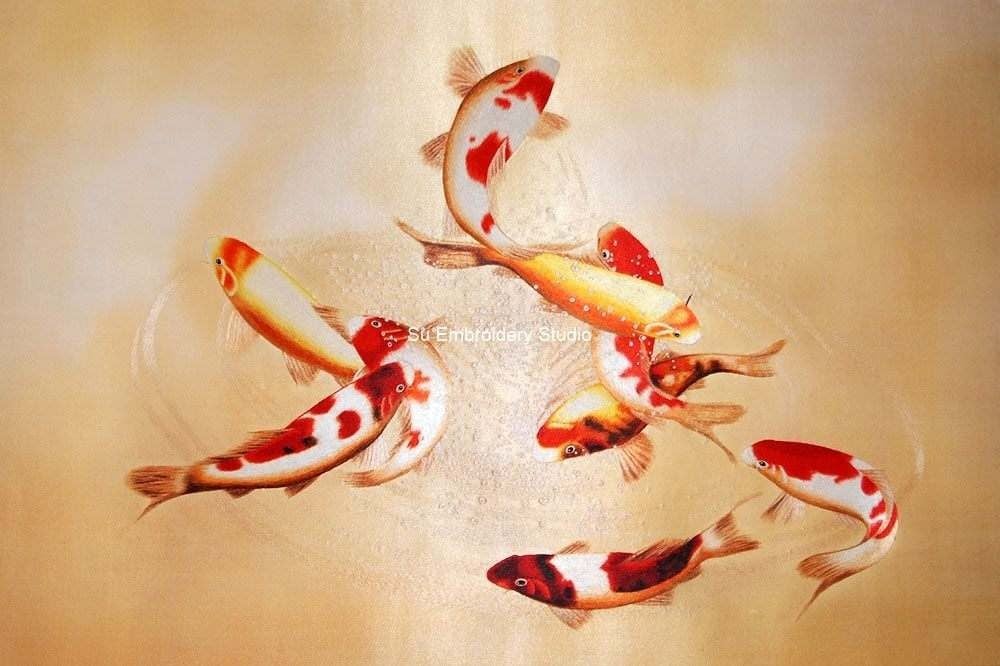
Introduction
Embroidery, a timeless craft celebrated across the globe, has woven its way through history and cultures, creating intricate tapestries of artistry. In this article, we delve into two distinct yet captivating embroidery styles: Cross Stitch and Traditional Chinese Embroidery. Both possess rich histories and unique characteristics, and we explore their origins, techniques, tools, threads, base fabrics, and patterns, offering a glimpse into their future coexistence.
Cross Stitch
Cross Stitch, believed to have originated in ancient Egypt, has stood the test of time. It flourished in Europe during the Middle Ages, adorning ecclesiastical garments and household linens. By the 17th century, it had evolved into the familiar counted cross stitch, thanks to the publication of pattern books.
Cross Stitch is characterized by its cross-shaped stitches, usually executed on even-weave fabrics. Its charm lies in the precision of counting stitches, making it accessible to both beginners and experts. Its patterns often feature charming scenes, flowers, and intricate borders.
Cross Stitch has seen a resurgence in popularity in recent years, with enthusiasts worldwide embracing it as a relaxing and creative hobby. Online communities and modern patterns have revitalized this age-old art form.
Cross Stitch made its way into China in the late 20th century. It has since captivated the nation with its vibrant colors and diverse designs.
Traditional Chinese Embroidery
Traditional Chinese Embroidery is deeply rooted in China's history, dating back over two thousand years. Initially, it was a craft of practicality, used to embellish clothing and ceremonial robes. Over time, it evolved into a highly regarded art form, symbolizing wealth and status.
Chinese Embroidery encompasses a wide range of techniques. Its stitches are delicate and precise, often depicting landscapes, flowers, and historical figures. It typically employs silk threads on silk or satin fabric.
Buy Chinese Silk Embroidery Online
A Comparative Journey
Cross Stitch relies on a straightforward technique of crossing threads, while Traditional Chinese Embroidery employs a broad spectrum of stitches, creating intricate textures and details.
Cross Stitch requires basic tools like embroidery hoops, needles, and even-weave fabrics. In contrast, Traditional Chinese Embroidery uses specialized needles, frames, and silk threads.
Cross Stitch typically employs cotton threads, while Traditional Chinese Embroidery exclusively uses silk threads, renowned for their sheen and vibrant colors.
Cross Stitch is versatile, adaptable to various even-weave fabrics. Chinese Embroidery primarily uses silk or satin, enhancing the luxurious quality of the finished piece.
Cross Stitch patterns often feature geometric designs, landscapes, or figurative motifs. Chinese Embroidery is renowned for its intricate depictions of nature, culture, and historical scenes.
Custom Portrait Embroidery from Photo
The Future: A Harmonious Blend
Cross Stitch and traditional Chinese embroidery, although distinct, share the common thread of passion for embroidery. As these art forms coexist, they may inspire innovation and cross-cultural exploration. We can anticipate exciting collaborations that infuse new life into these cherished traditions.
In an interconnected world, enthusiasts and artists from different backgrounds can learn from one another, enriching the tapestry of embroidery. This blend of East and West promises a future where both cross stitch and traditional Chinese embroidery continue to thrive, preserving their rich heritage while embracing modern creativity.
by Su Embroidery Studio (SES), Suzhou China
SES is dedicated to Chinese Silk Embroidery Art and High-End Custom Embroidery
Find SES's embroidery work at Chinese Silk Embroidery for Sale.














